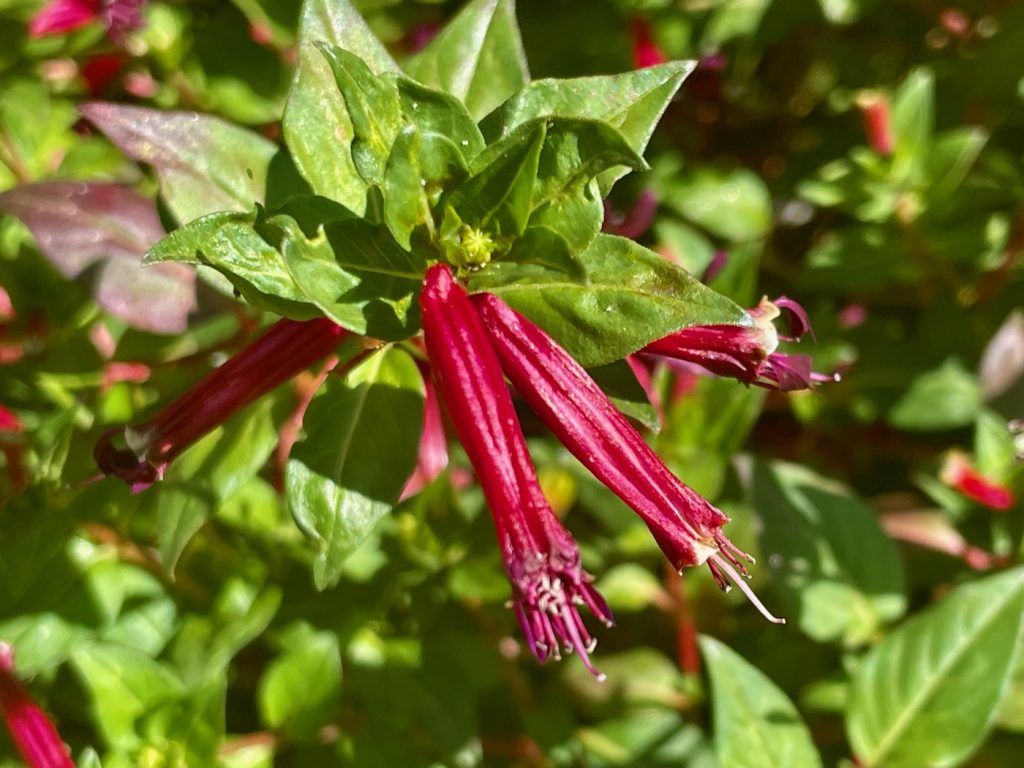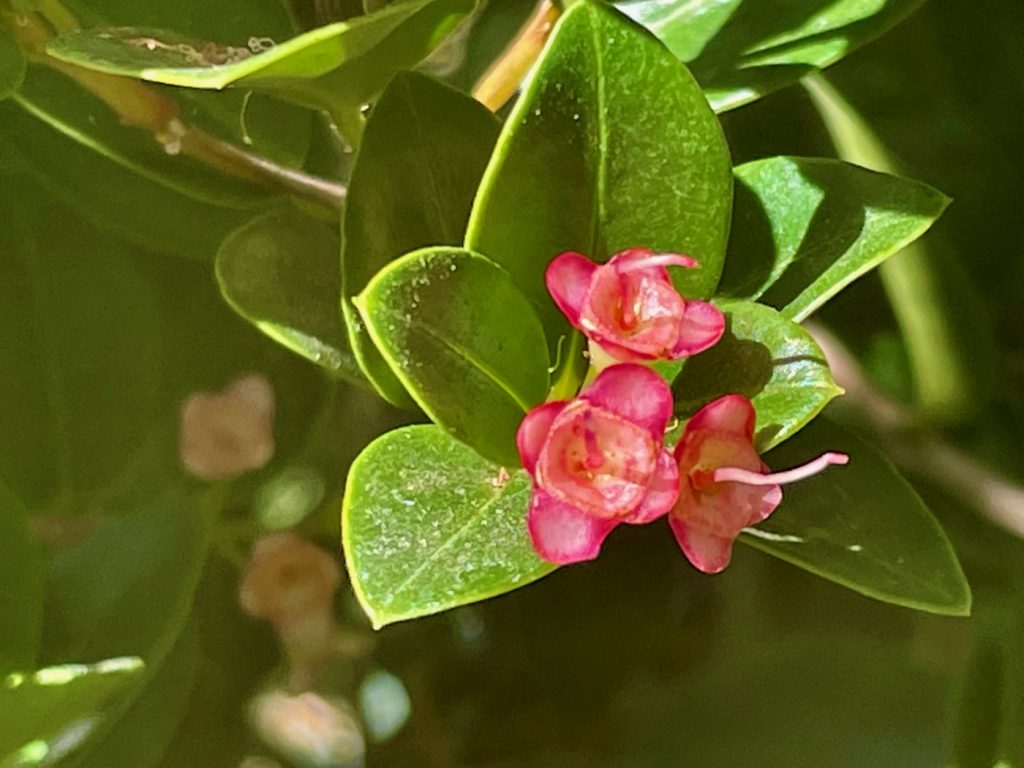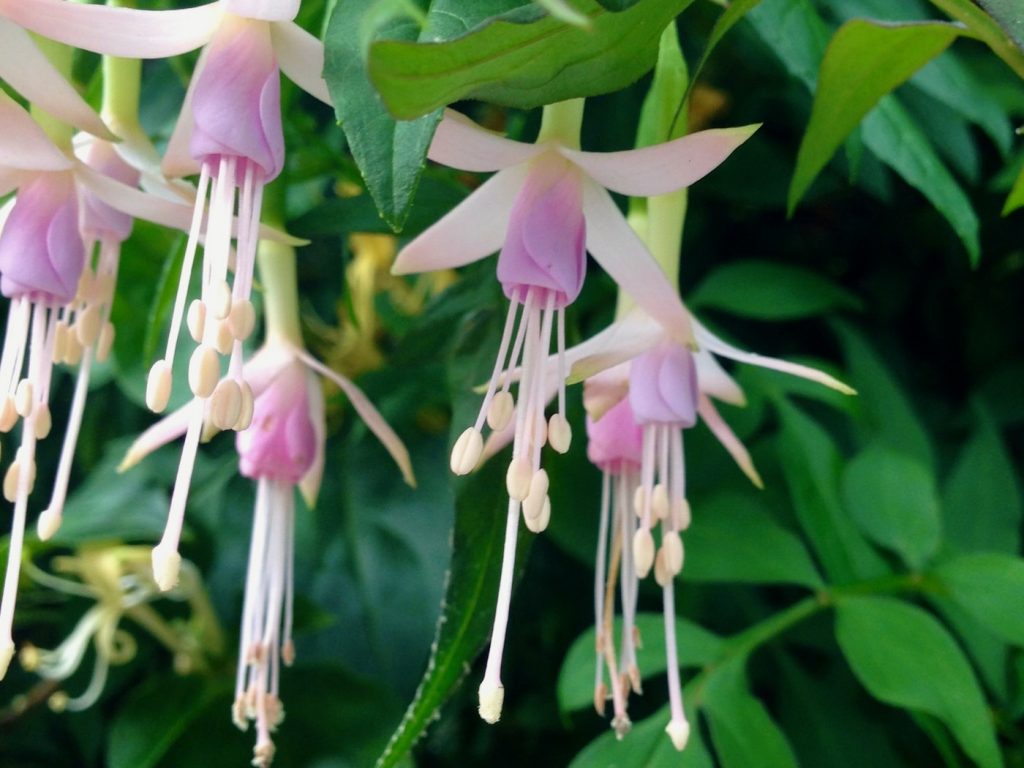Stachyurus praecox, commonly known as Early Stachyurus or Stachyurus, is a deciduous shrub that belongs to the Stachyuraceae family. Native to Japan, this captivating plant is highly valued for its unusual flowering habit and attractive foliage. The genus name “Stachyurus” is derived from the Greek words “Stachys” and “oura,” meaning ear of corn and tail, respectively, alluding to the pendulous inflorescences that resemble corn cobs.
This shrub typically reaches a height of about 10 feet (3 meters) with a spread of 8 feet (2.5 meters). It is primarily cultivated for its enchanting flowers, which bloom in early spring before the foliage emerges. During autumn, the buds form and hang like delicate pendants on the branches throughout the winter, adding interest to the landscape. In spring, the buds unfurl into elegant racemes consisting of up to 20 small bell-shaped flowers. These blossoms exhibit a charming yellowish-green hue and are composed of four petals. The reddish-brown branches provide a lovely contrast against the medium-green, ovate serrated leaves.
In addition to its captivating flowers, Stachyurus praecox also displays a remarkable autumn transformation. As the growing season comes to an end, the foliage turns into brilliant shades of red and yellow, further enhancing its ornamental appeal.
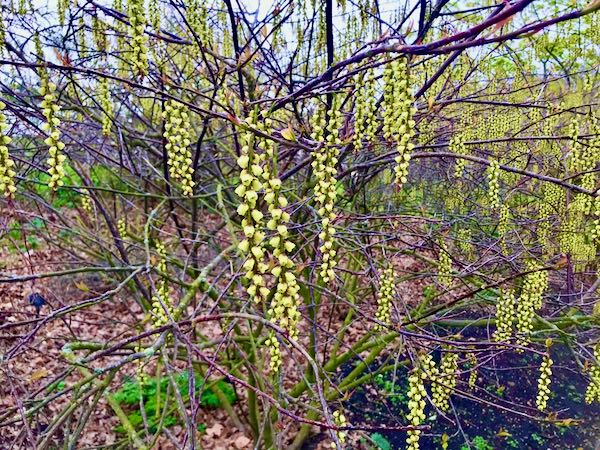
How to grow Stachyurus praecox:
To successfully cultivate Stachyurus praecox, it is important to consider the following guidelines:
Sun and Shade: This shrub thrives when grown in a location that receives full sun or light shade. While it can tolerate partial shade, providing it with more sunlight generally promotes better flowering and overall growth.
Soil Requirements: Stachyurus praecox prefers acidic soil that is well-drained yet retains moisture. Incorporating organic matter, such as compost or well-rotted manure, into the planting area can improve soil fertility and drainage. While it can tolerate a range of soil types, ensuring it has a humus-rich and moist growing medium is beneficial.
Cold Protection: If you reside in a region with colder climates, it is advisable to protect Stachyurus praecox from harsh winter winds. Planting it near a south-facing wall or in a sheltered location can help minimize the risk of damage from freezing temperatures.
Flowering and Pruning: As mentioned earlier, Stachyurus praecox produces its flower buds in autumn, which remain on the branches through winter. These buds then open in early spring before the foliage emerges. After the flowering period, if necessary, perform light pruning to maintain the shrub’s shape and remove any dead or damaged branches. Pruning should be done in spring once the flowering has concluded.
Maintenance and Pest Control: Stachyurus praecox is generally a low-maintenance plant and is relatively pest-free and disease-resistant. However, regular inspection for any signs of pests or diseases is recommended. Promptly remove any dead or diseased branches to ensure the shrub’s health and vigor.
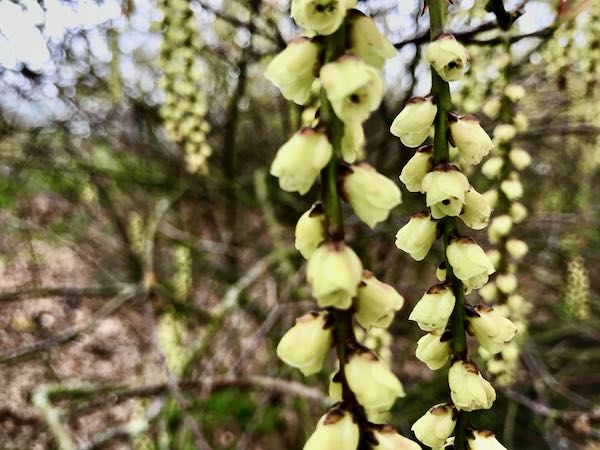
Propagation:
Propagation of Stachyurus praecox can be accomplished through either seeds or semi-hardwood cuttings. Collect mature seeds and sow them in a suitable growing medium. Alternatively, take semi-hardwood cuttings in late summer or early autumn and root them in a well-draining propagation medium. Provide appropriate care and maintenance to ensure successful propagation.
With its early blooming, vibrant autumn colors, and low-maintenance nature, Stachyurus praecox is a valuable addition to any garden or landscape.

